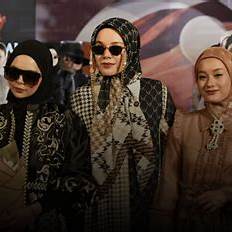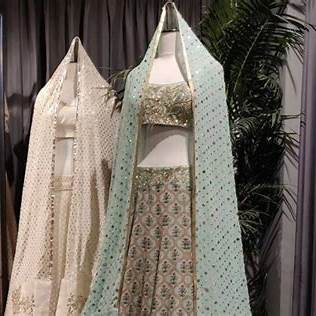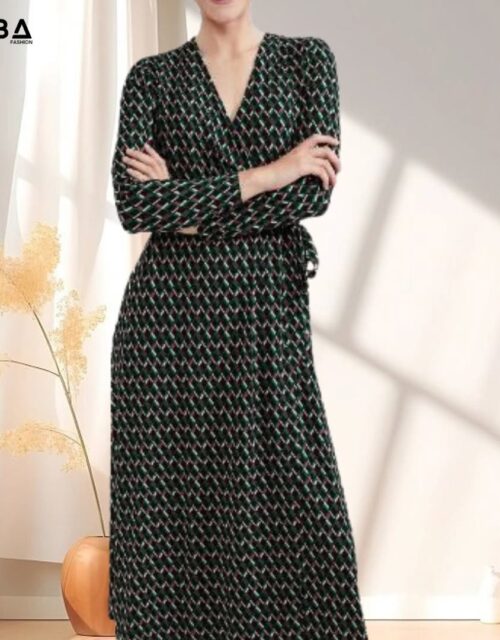The Evolution of the Fashion Industry in the UAE: A 2025 Perspective

The United Arab Emirates (UAE), particularly Dubai, has solidified its status as a global fashion hub, seamlessly blending traditional aesthetics with contemporary trends. As of 2025, the UAE’s fashion industry is experiencing significant growth, driven by technological advancements, shifting consumer behaviors, and a commitment to sustainability.
Market Growth and Projections
The UAE’s fashion market is on an upward trajectory. In 2025, the apparel market revenue is projected to reach approximately US$10.88 billion, with an anticipated annual growth rate of 3.16% from 2025 to 2029. Notably, women’s apparel constitutes a substantial segment, with revenues expected to hit US$5.47 billion in 2025. This growth is attributed to the UAE’s diverse population, increasing disposable incomes, and a strong inclination towards luxury and premium fashion brands.

E-commerce and Digital Transformation
The digital revolution has profoundly impacted the UAE’s fashion retail landscape. E-commerce platforms have become pivotal, with online fashion sales accounting for 30.2% of the total e-commerce market in the UAE. This segment is expected to grow at a compound annual growth rate (CAGR) of 5.3%, reaching a market volume of US$2.49 billion by 2028. The convenience of online shopping, coupled with a tech-savvy consumer base, has propelled this digital shift.
Sustainability and Ethical Fashion
Global trends towards sustainability are influencing the UAE’s fashion industry. Consumers are increasingly favoring brands that prioritize eco-friendly materials and ethical production practices. Events like Fashion Futures Dubai, scheduled for February 2025 at the Dubai Design District (d3), underscore the industry’s commitment to sustainable solutions and responsible business transformations.
Cultural Fusion and Modest Fashion
The UAE’s rich cultural heritage continues to inspire fashion trends, with a notable emphasis on modest fashion. Garments like the kaftan have gained global popularity, blending Middle Eastern heritage with contemporary design. This fusion appeals to both local consumers and international markets, highlighting the UAE’s role in promoting culturally resonant fashion.

Fashion Events and Global Recognition
Dubai’s dynamic fashion scene is showcased through events like Dubai Fashion Week and Emirati Fashion Week. These platforms provide designers with opportunities to present their collections to a global audience, attracting international celebrities and fashion enthusiasts. Such events reinforce Dubai’s position as a vibrant fashion hub and stimulate growth within the industry.
Challenges and Future Outlook
Despite its growth, the UAE’s fashion industry faces challenges, including the need for sustainable practices and adapting to rapidly changing consumer preferences. However, with continuous innovation, strategic investments, and a commitment to cultural authenticity, the UAE is poised to further enhance its status in the global fashion arena.

Conclusion
The fashion industry in the UAE, particularly in Dubai, is experiencing a transformative phase characterized by digital innovation, cultural fusion, and a focus on sustainability. As the market continues to expand, brands like Raba Fashion have the opportunity to thrive by embracing these trends and catering to the evolving preferences of the modern consumer.












